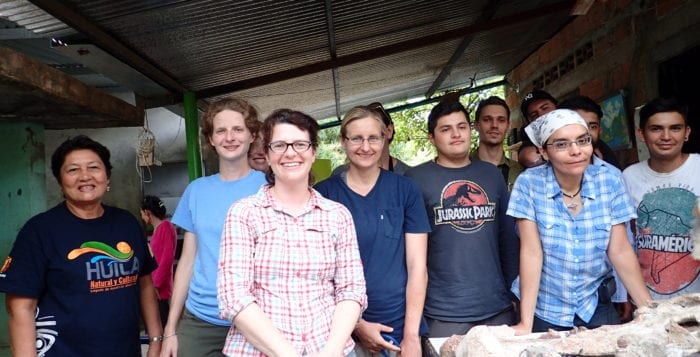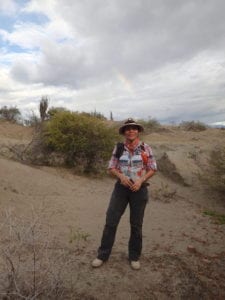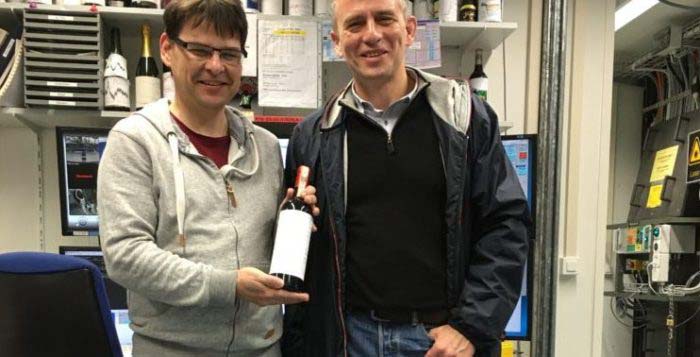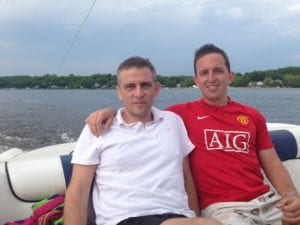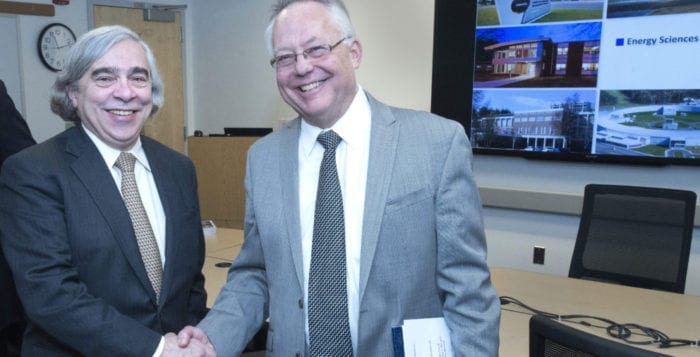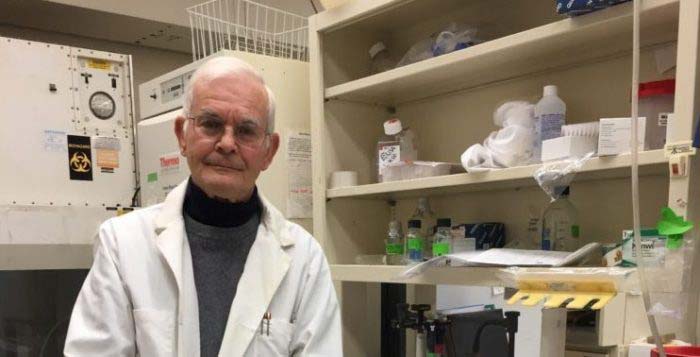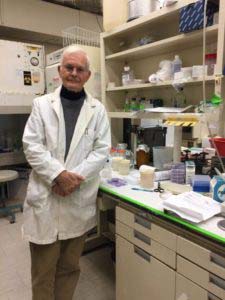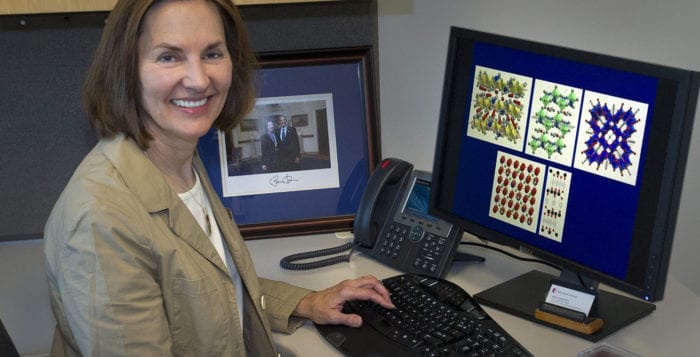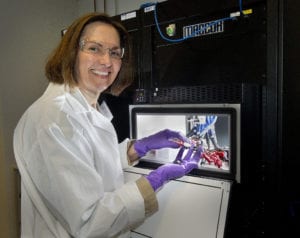How is it possible that every single Democrat thinks Betsy DeVos, the newly minted secretary of education is woefully unqualified for the position and every single Republican — except for Lisa Murkowski of Alaska and Susan Collins of Maine — thinks she’s worthy of the job?
President Trump came to Washington to drain the swamp and to reinvent politics but, at least as far as DeVos goes, this seems like politics as usual. Does this vote presage an era when Republicans and Democrats will, for the most part, stick with the party line, whatever that is?
For the Democrats, is it more important to stand against a secretary the Republicans see as worthy? For the Republicans, did they not see any risk to the education system, or was it more important to stand with Trump?
This country is far from unified, as we demonstrated in November. It’s only gotten worse since then. Both sides are digging in their heels even deeper, preparing for a tug-of-war over the future of the nation.
We are living in a world of facts, alternative facts, fake news and fake tweets. The reality, however, is that we are a house divided. A 51-50 vote makes that resoundingly clear. Wasn’t it Abraham Lincoln who said that a house divided unto itself cannot stand?
Is there a middle ground? Are there ways to walk a mile in each other’s shoes, to see the world through a different perspective or, at least, to respect the process and make independent decisions?
Do we elect our officials so they’ll vote along party lines? If that’s the case, who are we electing? Shouldn’t these senators represent our interests and not demonstrate some loyalty to a party whose entire platform might not be consistent with what We the People believe?
Events in Washington are unprecedented. DeVos is in, thanks to the tiebreaker courtesy of Vice President Mike Pence who voted with his party and with his president.
If I were a political leader from my state, I might take this unprecedented period of discord and find a way to reach across the aisle to my adversaries. It’s not just for the good of the country, it would be a career maker. Imagine if a bill, a person or a policy had bipartisan support?
Suddenly, we’re not the Shepherdsons and Grangerfords, the Hatfields and McCoys, or the Montagues and the Capulets. Someone, somewhere needs to find a friend in Washington and, no, I don’t mean a dog who can co-sponsor legislation and demonstrate true leadership.
Pick an issue, any issue. Job growth? Sure, it’s one of the main items on Trump’s agenda. Education? Well, sure, that’d be nice, but we seem to have come to reached a chasm wider than the Grand Canyon with the approval of DeVos.
Maybe a Democrat and Republican can co-sponsor a way to support the military? Both sides appreciate, support and respect the men and women who protect our nation. It was also the military that beat back the guilt-by-association tactics of Republican Sen. Joseph McCarthy in the early 1950s during the Red Scare.
Let’s raise that flag together and salute the men and women we all cheer during Veterans Day parades, and who we stand and salute at sporting events for their service to our country.
These challenging times present unique opportunities. The future leaders of this nation will be the ones who can show a readiness to get along and think for themselves. A Trump presidency should free other politicians to believe in themselves and their ideas and find other leaders, even someone from the other side, to work for our common good.

